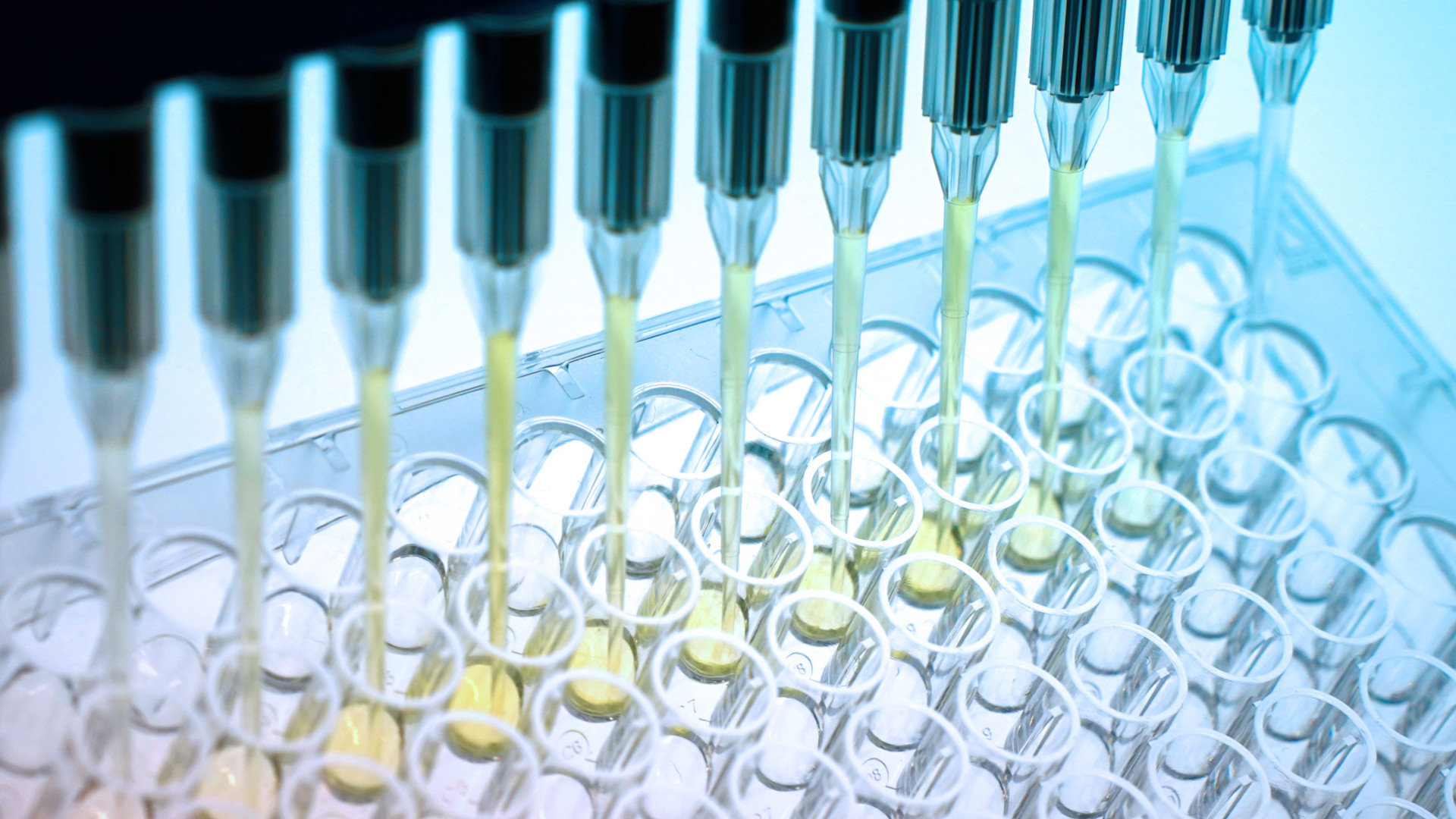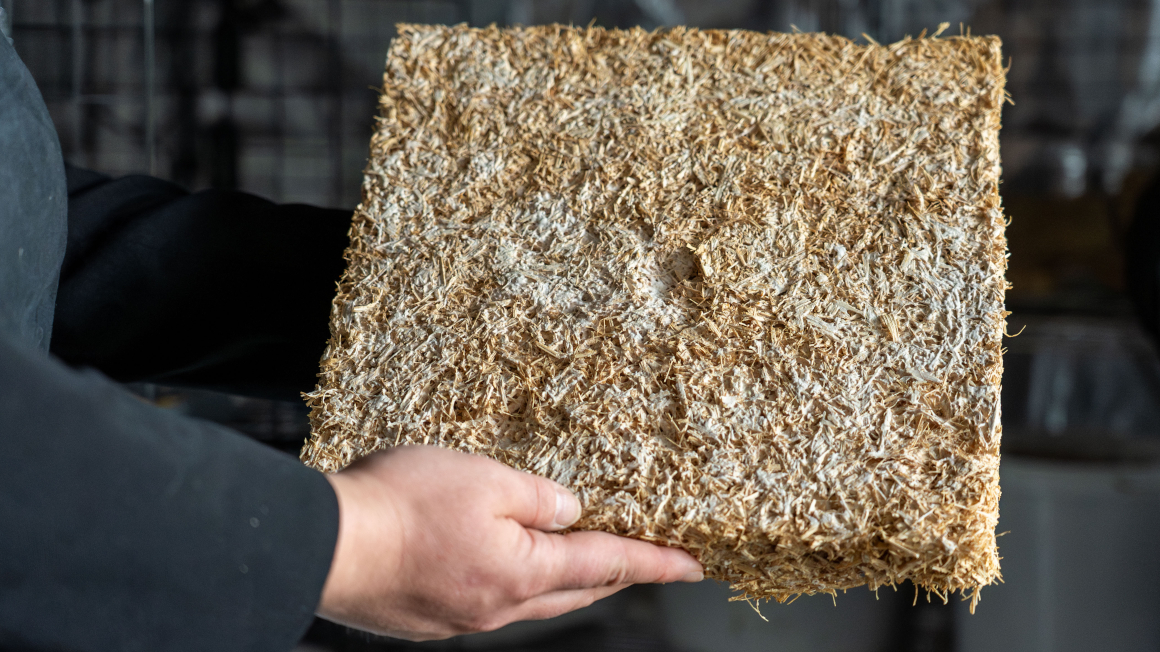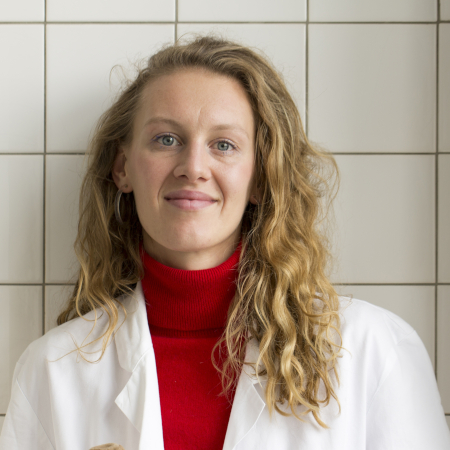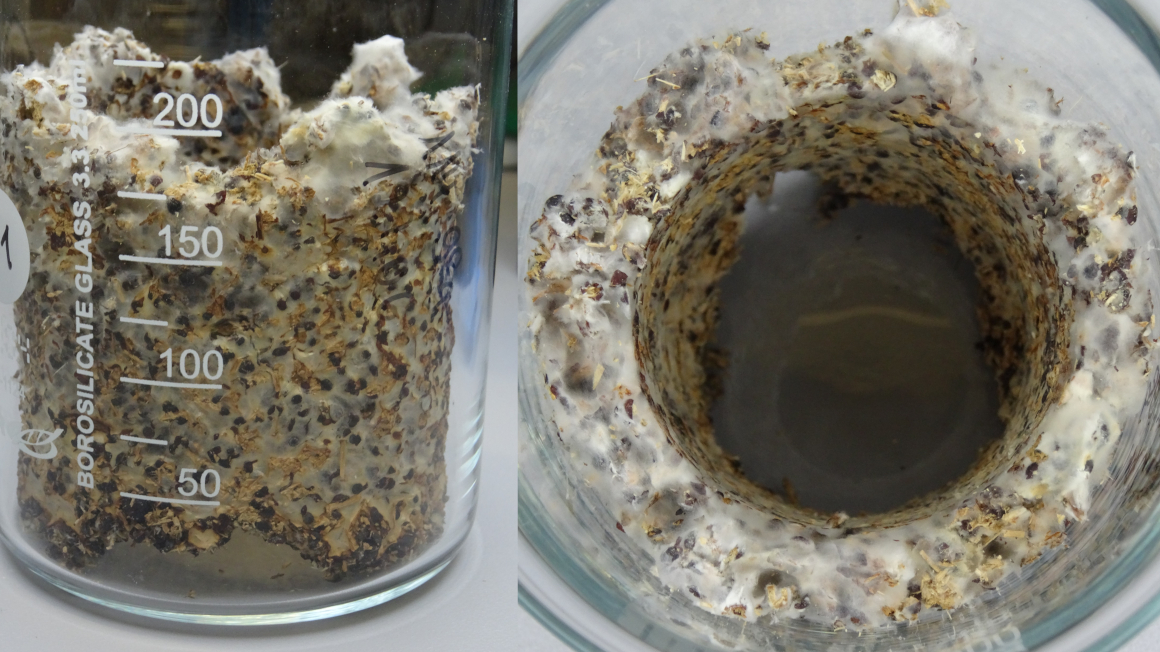
Every year, trillions of liters of wastewater are treated in sewage treatment plants. What flows out of households, businesses, and industry is processed in three elaborate purification stages. However, current treatment facilities are still unable to remove 100% of all pollutants. As a result, persistent chemicals, microplastics, and pharmaceuticals continue to find their way into bodies of water – and therefore into nature. Researchers at the Fraunhofer Institute for Interfacial Engineering and Biotechnology IGB in Straubing have been working on a solution.
As part of the MycoSorb project, a team led by Steffen Roth developed a bio-based filter designed to remove pharmaceuticals from wastewater. The initiative was funded with approximately €65,000 by the German Federal Ministry of Education and Research from October 2023 to September 2024 under the innovation competition “New Products for the Bioeconomy.” During the one-year exploratory phase, the focus was on producing mushroom-based adsorbent materials capable of filtering out specific pharmaceutical compounds.
“Pharmaceutical compounds consist of a wide range of molecules with very different structures, making them difficult to remove completely using conventional methods,” describes project lead Roth. “Our approach was to address the so-called ‘fourth purification stage,’ which is currently being debated for wastewater treatment plants across the EU. We aimed to develop a filter that could remove these substances.”
The team concentrated on three substances: Metformin, a widely found antidiabetic drug for type 2 diabetes; the painkiller Diclofenac; and the antiepileptic Carbamazepine.
Selecting fungal strains with hydrophobic surfaces
The MycoSorb filter was designed to be functionalized through a combination of mushroom strains and specific additives, allowing it to be adapted to the needs of various treatment plants. First, researchers needed to identify suitable fungi. In collaboration with mycology expert Matthias Gube from the University of Applied Sciences and Arts Hildesheim/Holzminden/Göttingen, they selected the sheathed woodtuft and the sulphur tuft. “A key selection criterion was whether the mushrooms had hydrophobic surfaces to which the pharmaceutical compounds could adhere,” Roth explains.
But the mushroom-based filter wasn’t just intended to be biodegradable and low-cost – it also had to be stable. According to Roth, it needed “to achieve high structural stability so it doesn’t break down on its own.” Greater stability and improved mycelial growth were achieved, for instance, by combining different substrates. Mixtures of rapeseed husks or hemp shives with wheat bran yielded the best results.
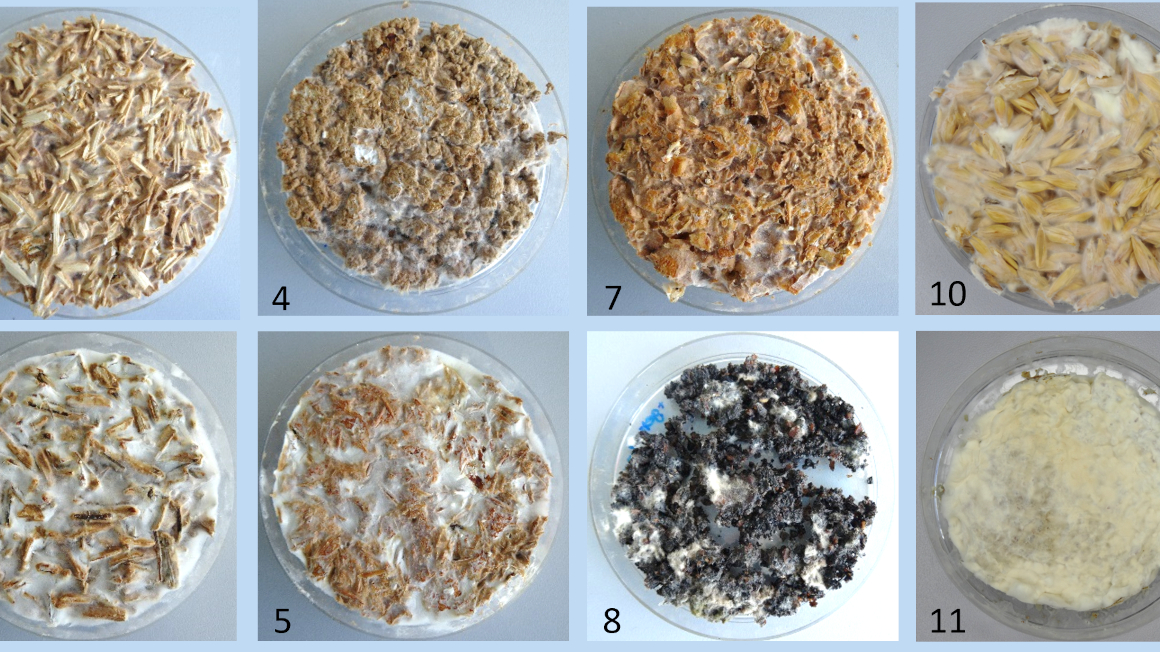
One key aspect in developing the MycoSorb filter was the ability of the adsorbent material to bind pharmaceutical compounds. To achieve this, substrates like hemp shives were supplemented with materials such as chicken feathers, sheep’s wool, and lignin. “The idea was that the mushroom would incorporate these additives into the filter matrix, thereby enhancing binding capability,” Roth explains.
Improved compound binding through substrate mixing
Substrate mixtures consisting of hemp shives or rapeseed husks combined with feathers or lignin, and colonized by the sheathed woodtuft strain, showed promising results in terms of binding pharmaceutical compounds. A demonstrator – produced from the mycelium-substrate mix in the form of a disc or casing – was created to test binding efficiency in laboratory conditions.
The result: According to Roth, the MycoSorb filter was able to remove up to 80% of Diclofenac and 62% of Carbamazepine from solution. This demonstrated that the bio-based filter developed by the researchers is capable of removing pollutants from wastewater.
However, the Straubing team is still in the early stages of this research. Steffen Roth is already thinking ahead and sees potential for applications beyond wastewater treatment plants: “For example, several of these mushroom-based filters could be installed in hospitals, where they could remove a variety of pharmaceutical compounds.”
Author: Beatrix Boldt
